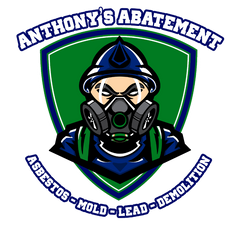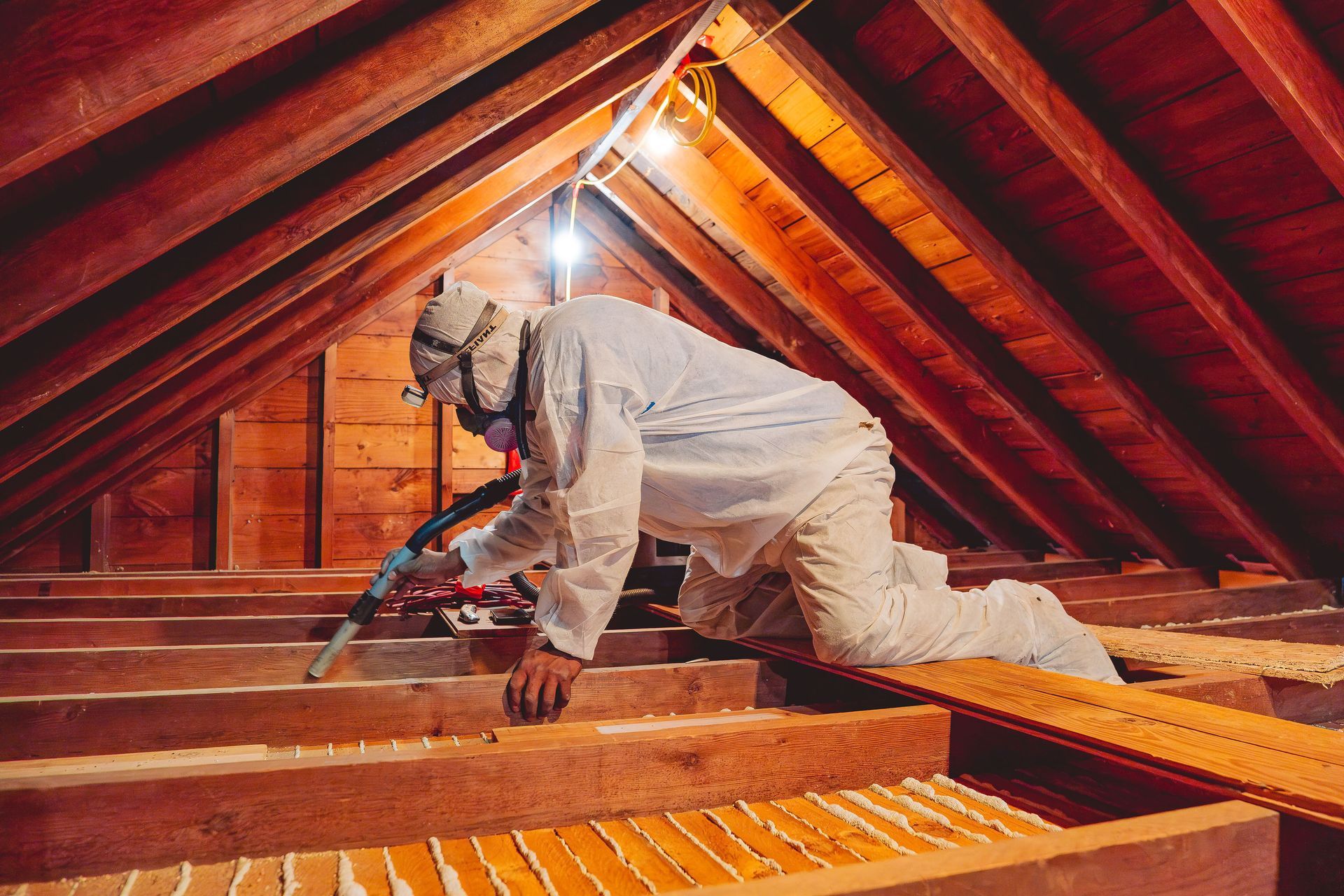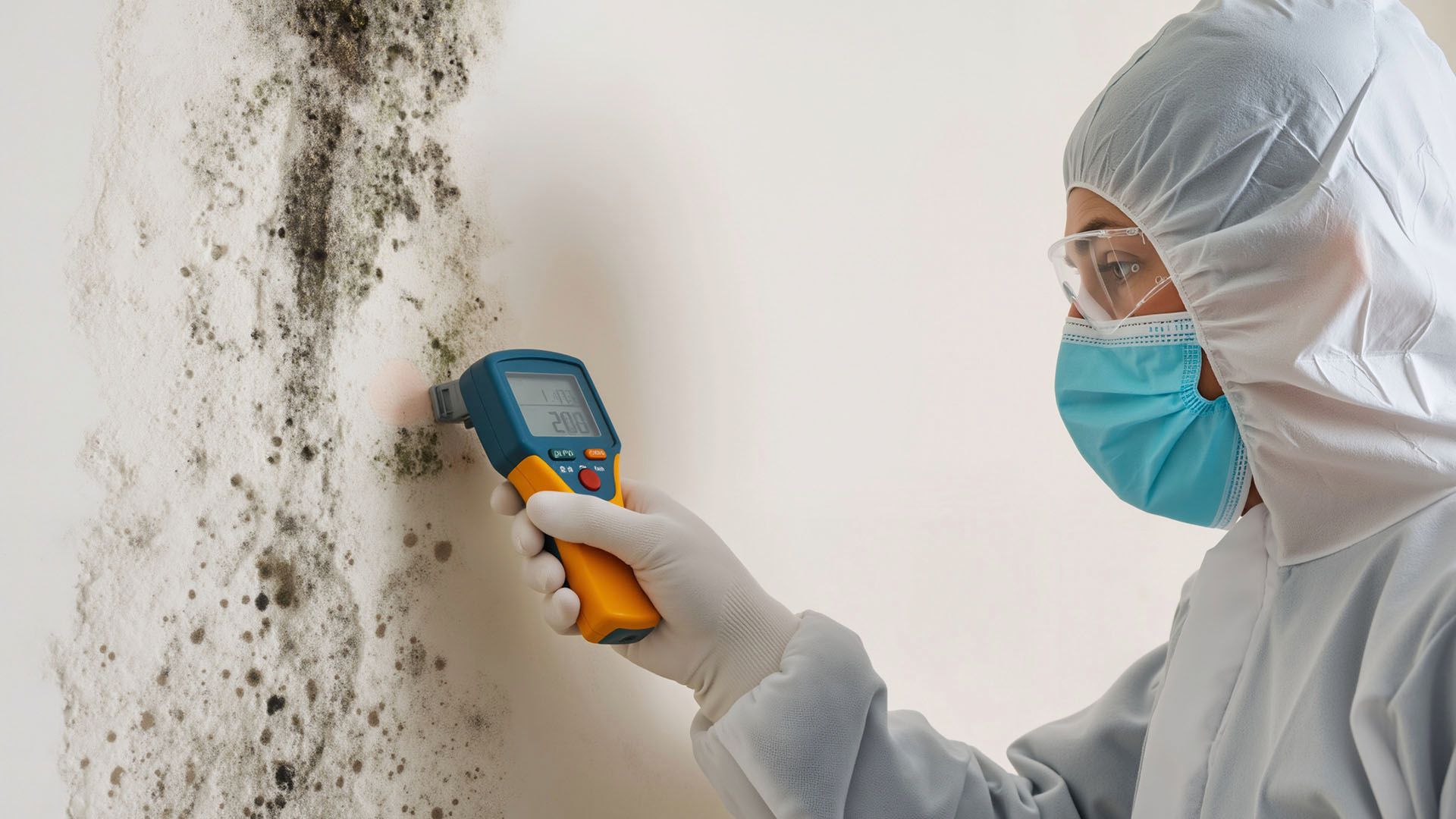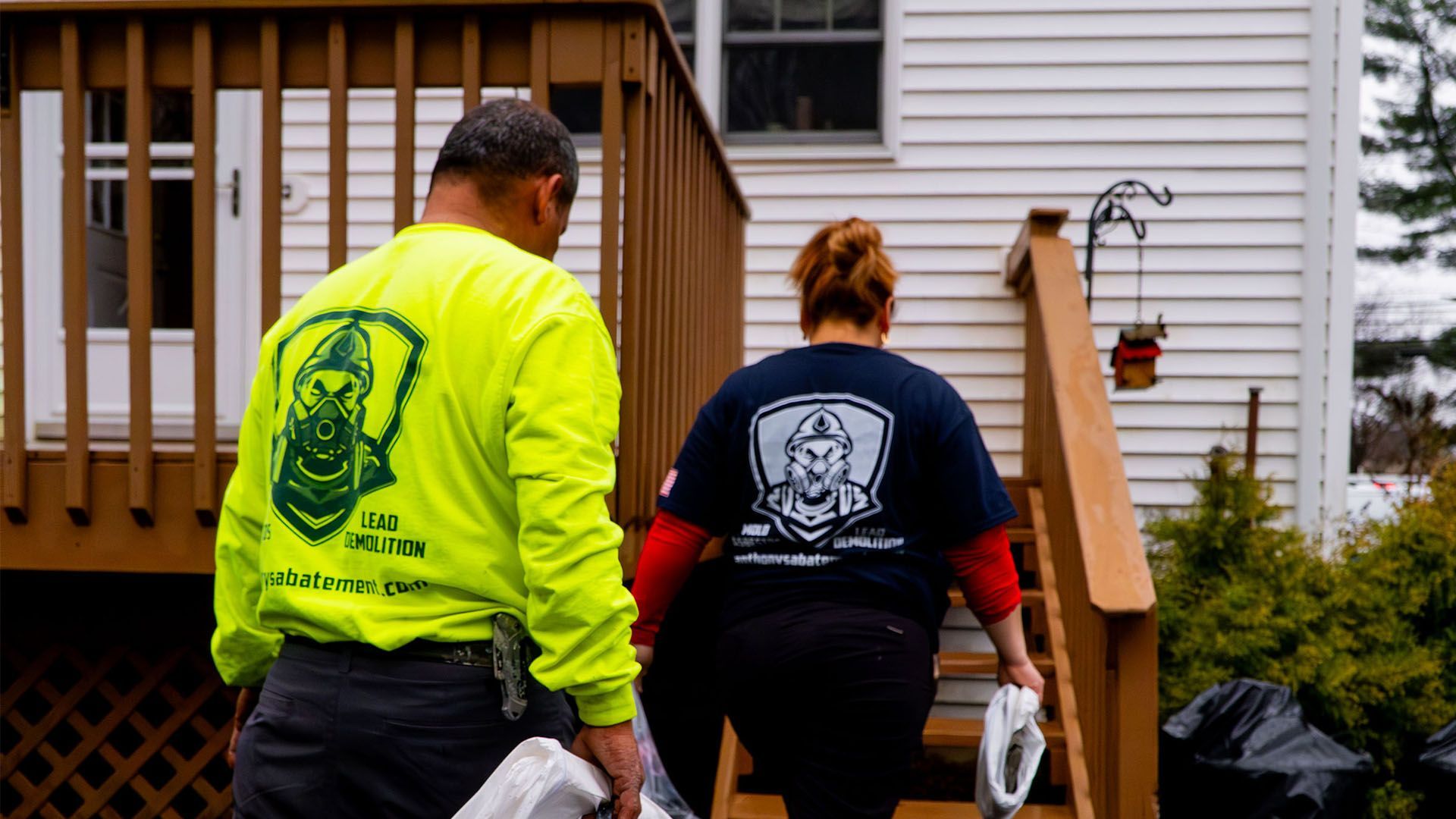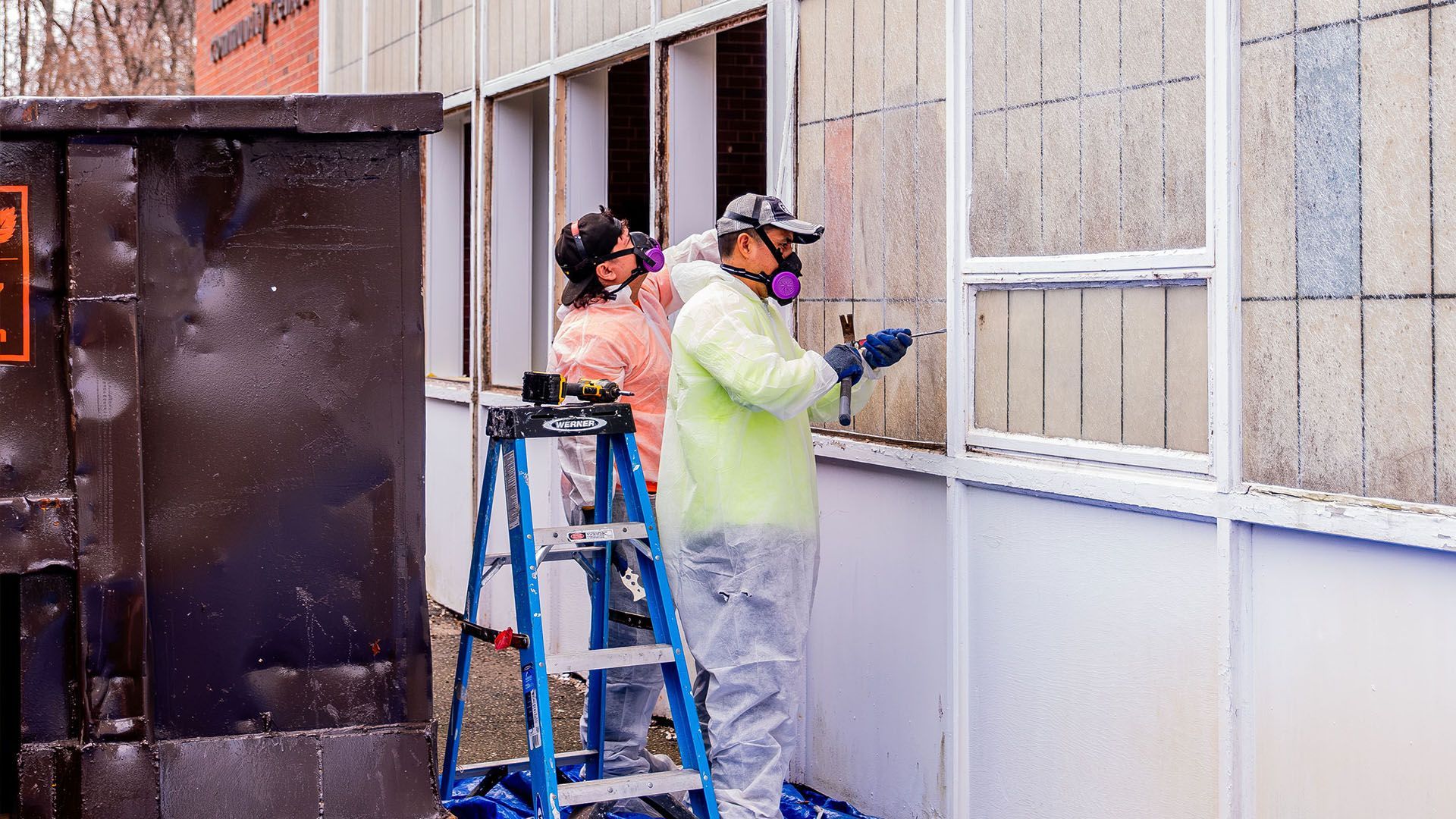Transite Asbestos: Essential Facts and Safety Tips
Transite asbestos is a composite material known for its durability and fire resistance, made from Portland cement mixed with asbestos fibers. While widely used in past construction projects, its asbestos content poses significant health risks. This article provides essential facts and safety tips for understanding, identifying, and handling transite asbestos.
Key Takeaways
- Transite asbestos, a mix of Portland cement and asbestos fibers, poses serious health risks, especially when disturbed, releasing airborne fibers that can cause respiratory diseases.
- Proper identification and handling of transite asbestos are crucial; professional inspections ensure safety, while using appropriate personal protective equipment (PPE) and techniques minimize exposure risks.
- With growing awareness of asbestos dangers, modern non-asbestos materials for insulation and roofing, such as cellulose fiber and vinyl siding, are favored for their safety and effectiveness.
Understanding Transite Asbestos
Transite asbestos is a composite material that has been widely used in construction due to its impressive durability and fire-resistant properties. It is primarily composed of Portland cement mixed with asbestos fibers, creating a robust yet hazardous material.
This unique blend of materials gave transite asbestos its strength and made it a popular choice in various construction applications.
Composition of Transite Asbestos
The composition of transite asbestos generally includes 12-50% asbestos fibers by weight, combined with Portland cement. This mixture results in a material that is both strong and capable of withstanding high temperatures, making it suitable for various construction purposes. However, the presence of asbestos fibers in the composition makes it a significant health hazard.
Portland cement is used in transite asbestos to enhance its strength, forming a solid structure that can endure harsh conditions. Despite its beneficial properties, the inclusion of asbestos fibers poses serious health risks, especially when the material is disturbed and fibers become airborne.
Common Uses
Transite asbestos has been commonly used in construction due to its fire-resistant and durable properties. It was typically used in roofing, siding, and insulation in older buildings. These applications took advantage of the material’s ability to withstand high temperatures and resist fire, making it a preferred choice for many builders.
Historically, transite asbestos was also used in products such as furnace flues, wallboards, and even supermarket coolers. Its versatility and cost-effectiveness made it a ubiquitous presence in construction projects throughout the mid-20th century.
Historical Context
Transite asbestos gained popularity in construction from the 1920s to the 1980s due to its strength, fire resistance, and cost-effectiveness. During this period, it was widely adopted in various applications, from residential roofing to commercial insulation, becoming a staple material in the industry.
However, with the growing awareness of the health risks associated with asbestos, the use of transite asbestos began to decline in the 1980s. The material’s hazardous nature led to its eventual phase-out, and today, it is subject to strict regulations to protect public health.
Health Risks Associated with Transite Asbestos
The health risks associated with transite asbestos are severe and well-documented. When asbestos fibers are released into the air, they can be inhaled, leading to serious respiratory problems and various types of cancer.. The danger lies in the microscopic size of these fibers, which can lodge deep within the lungs and cause long-term damage.
Asbestos Fiber Inhalation
Breathing in asbestos fibers can lead to serious respiratory conditions, including asbestosis, which is characterized by lung scarring. The gritty and fibrous texture of transite asbestos can erode over time, releasing asbestos fibers into the air and posing a significant health risk.
Inhalation of these fibers can cause chronic lung diseases, such as asbestosis, which leads to scarring of lung tissue and impaired breathing. The severity of these conditions underscores the importance of minimizing exposure to asbestos materials.
Prolonged Exposure
Prolonged exposed to asbestos is particularly dangerous and can lead to several severe health risks. Inhalation of asbestos fibers can lead to serious conditions like lung cancer and mesothelioma, with symptoms potentially emerging decades later.
Asbestos exposure is linked to the development of lung diseases, as fibers can become lodged in the lung tissue, causing inflammation and scarring. The delayed onset of symptoms makes it crucial to avoid exposure to asbestos materials whenever possible.
Identifying Transite Asbestos in Your Home
Identifying transite asbestos in your home is essential for ensuring a safe living environment. Transite asbestos originated from a trade name created by Johns Manville in 1929, which included a range of asbestos-cement products. Knowing how to identify these materials can help you take the necessary precautions to protect your health.
Visual Identification
Transite asbestos typically appears as a greyish material with a fibrous texture, somewhat similar to cement. This concrete-like appearance can assist in identifying transite asbestos materials in your home. Over time, these panels can show various color changes due to weathering and maintenance practices.
Looking for specific materials like roofing, siding, and insulation that may contain asbestos is crucial. If a transite asbestos flue is deteriorated, it is recommended to have it abandoned immediately for safety.
Professional Inspection
Engaging certified professionals for identification and safe disposal of transite asbestos is crucial to mitigate exposure risks. These experts can accurately identify asbestos-containing materials and ensure safe handling and disposal.
In residential settings, it is essential to have a professional inspection if you suspect the presence of asbestos materials. This step not only ensures your safety but also helps comply with health and safety regulations.
Safety Measures and Handling
Proper safety measures and handling techniques are vital when dealing with transite asbestos. Effective safety measures for managing transite asbestos include isolating work areas and maintaining proper ventilation. These precautions help minimize the risk of asbestos fiber release and exposure.
Proper Handling Techniques
Minimizing the disturbance of asbestos-containing materials is crucial to preventing fiber release during handling. Using non conductive hand tools is recommended for working with transite asbestos to generate less dust.
Keeping the material damp during handling can also help reduce dust release, making the process safer for everyone involved. These techniques are essential for ensuring the safe handling of transite asbestos, especially in conditions of prolonged dampness.
Personal Protective Equipment (PPE)
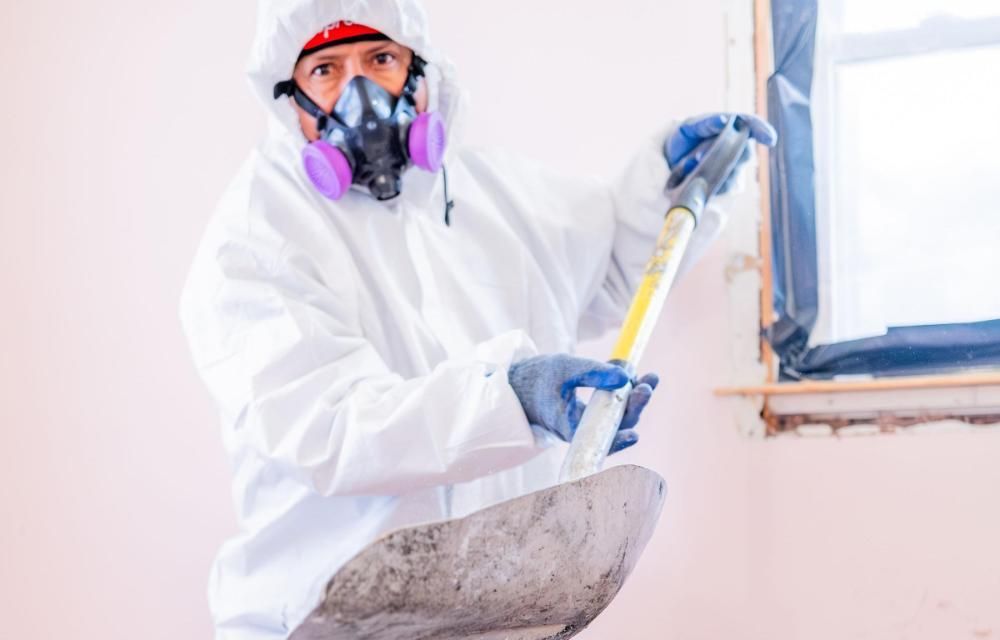
A full-face respirator equipped with HEPA filters is essential to protect against inhaling asbestos fibers during any asbestos-related work. Respirators must be fit-tested to ensure a proper seal and effective protection against airborne fibers.
Disposable coveralls made from impermeable materials are necessary to prevent asbestos contamination of workers’ clothing. Personal protective equipment (PPE) is crucial for anyone involved in handling transite asbestos to minimize health risks.
Disposal Guidelines
Wet methods should be employed when working with transite asbestos to minimize fiber release into the air. Using plastic sheeting can help contain asbestos debris during removal activities, ensuring that fibers do not spread to other areas.
Asbestos waste must be sealed in leak-tight containers and labeled clearly to indicate the presence of hazardous materials before disposal. These guidelines ensure the safe disposal of asbestos materials, protecting both workers and the environment.
Alternatives to Transite Asbestos
As the dangers of asbestos become more widely recognized, it is essential to consider modern roofing and siding options that prioritize safety. Various non-asbestos materials are now favored in construction and renovation due to their safety and efficacy.
Non-Asbestos Insulation Materials
Cellulose fiber insulation, made from recycled paper, provides excellent thermal properties without health risks. Fiberglass is another widely used insulation alternative, known for its heat resistance and non-toxic nature.
Mineral wool and polyurethane foam are also efficient insulation materials recognized for their fire resistance and suitability in various applications. These non-asbestos insulation materials exhibit low thermal conductivity and are non-combustible.
Modern Roofing and Siding Options
Modern alternatives to asbestos-based products include materials such as vinyl siding, metal roofing, and fiber cement. These materials provide aesthetic appeal and durability, making them suitable replacements for traditional asbestos-containing options.
Utilizing non-asbestos roofing and siding materials can lead to improved air quality and reduced health risks for residents. Additionally, many non-asbestos alternatives require less maintenance and offer longer life spans, contributing to overall cost savings.
Legal and Regulatory Considerations
Transite asbestos is subject to federal and state regulations regarding its use, removal, and disposal to protect public health. Understanding these legal and regulatory considerations is essential for ensuring compliance and safety.
Current Regulations
Local regulations may require that asbestos waste is disposed of at designated landfill sites specifically authorized to handle hazardous materials. The Toxic Substances Control Act allows the EPA to prohibit certain asbestos uses deemed hazardous.
Asbestos waste must be disposed of in designated landfills that are equipped to handle hazardous materials according to local regulations. These regulations are in place to mitigate health risks and protect the environment.
Compliance Requirements
Hiring a professional can help determine if transite asbestos is present and assess the condition of materials, ensuring safety and compliance. Professional asbestos experts can accurately identify transite asbestos through laboratory testing of material samples.
The Asbestos Hazard Emergency Response Act mandates inspections and management plans for schools to control asbestos hazards. The Clean Air Act mandates that the EPA establish national emission standards for hazardous air pollutants, which include asbestos.
Case Studies of Transite Asbestos Removal
Case studies serve as valuable real-world examples that illustrate effective approaches and challenges faced during transite asbestos removal projects. These examples highlight the importance of thorough planning, professional expertise, and adherence to safety protocols.
Residential Case Study
Homeowners can identify transite asbestos in their properties by looking for specific materials like roofing, siding, and insulation that may contain asbestos. The abatement process involves carefully planning the removal of transite asbestos, utilizing safety measures to prevent fiber release during the removal.
Proper disposal guidelines for asbestos-containing materials include sealing the materials in leak-proof containers and adhering to local regulations for hazardous waste disposal. These steps ensure the safe and compliant removal of asbestos from residential properties.
Commercial Case Study
A commercial building undertook a transite asbestos removal project to ensure the safety and compliance of the facility. Challenges during removal included ensuring minimal disruption to ongoing business operations, as the building was actively used.
To address the challenges, the team implemented a phased approach to the removal process, scheduling work during off-hours to minimize impact. The project concluded successfully with improved air quality and compliance, setting an example for future commercial asbestos removal projects.
Summary
In summary, understanding transite asbestos is crucial for ensuring safety and compliance in both residential and commercial settings. By recognizing its composition, common uses, and historical context, as well as the health risks associated with it, you can take appropriate measures to identify and safely handle transite asbestos. Embracing modern alternatives and adhering to legal and regulatory considerations further ensures a safer environment for everyone. Stay informed and proactive to protect your health and that of those around you.
